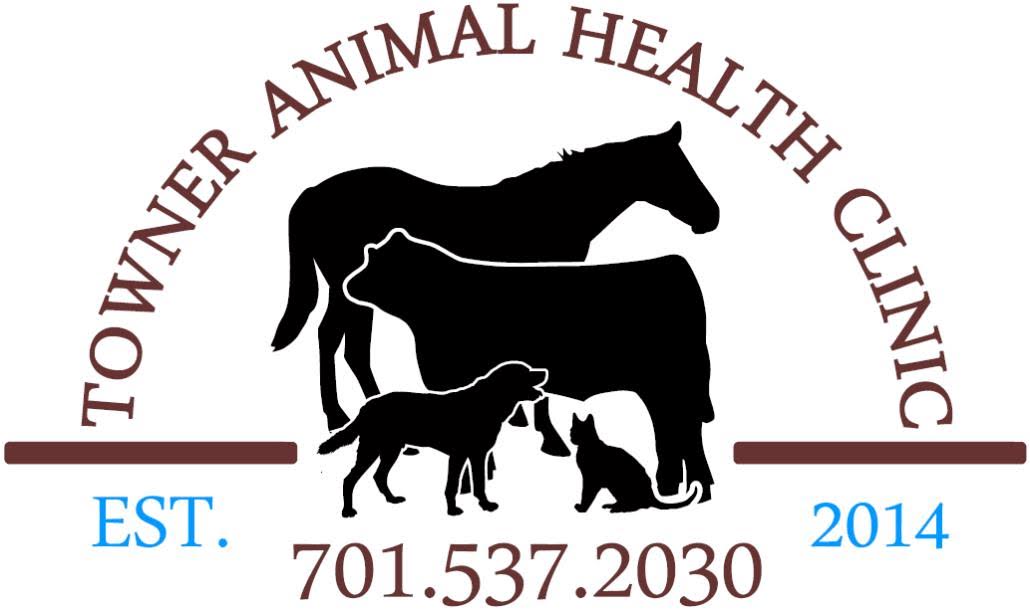Library
-
An aortic thromboembolism (ATE) results when a blood clot is dislodged and travels through the aorta, becoming lodged in a distant location. This clot causes severely reduced blood flow to the tissues receiving blood from that section of the aorta, leading to decreased oxygen in the tissues. Aortic thromboembolism is a rare occurrence in dogs and can be associated with endocarditis, cancer, sepsis, hyperadrenocorticism, and increased protein loss through diseased kidneys. This article outlines clinical signs, treatment, monitoring, and prognosis for dogs with this condition.
-
Pet owners can greatly improve the quality of life for their cats with osteoarthritis through nutrition. Key steps to managing inflammation and joint pain include managing daily Calorie intake and increasing fat metabolism through controlled physical rehabilitation.
-
Pet owners can greatly improve the quality of life for their dogs with osteoarthritis through nutrition. Key steps to managing inflammation and joint pain include managing daily calorie intake and increasing fat metabolism through controlled physical rehabilitation.
-
Osteoarthritis is a common condition affecting bones and joints in many older cats. It is a disease of management and cannot be cured. Medications, physical therapy, nutrition, and surgery may all be considered to help alleviate the pain. Cats can live a normal life with a tailored care plan.
-
Osteoarthritis is a common condition affecting bones and joints in many older dogs. It is a disease of management and cannot be cured. Medications, physical therapy, nutrition, and surgery may all be considered to help alleviate the pain. Dogs can live a normal life with a tailored care plan.
-
This handout discusses aspergillosis in dogs, an infection, growth, or allergic response caused by the Aspergillus fungus. If your dog becomes infected, it can be confined to the nasal passages (nasal aspergillosis), or it can spread throughout the body (systemic aspergillosis). The clinical signs, diagnosis, treatment, and prognosis of both conditions are outlined.
-
Asthma or bronchitis is a fairly common condition affecting cats. It occurs as a result of the airway being hypersensitive to certain stimuli, resulting in airway constriction, excess mucus production, and air trapping. Diagnostics include a physical exam, blood tests, x-rays, bronchoscopy, and bronchial or tracheal lavage. As asthma cannot be cured, treatment is aimed at the management of the disease using a combination of steroids and bronchodilators. Adjunct treatments include modifying the environment to reduce exposure to the noxious stimulus, hypoallergenic diet trials, and acupuncture.
-
If your cat has been diagnosed with feline asthma, it is important that you follow the treatment instructions that have been determined specifically for your cat. This handout is to be filled in by your veterinary team.
-
Ataxia means incoordination within the nervous system. There are several forms of ataxia, depending upon where in the nervous system the abnormality occurs. The most common sign of ataxia is an abnormal, unsteady gait. Treatment of ataxia will be influenced by the root cause. Pain management, supportive care (such as anti-nausea medication), and creating a safe environment (e.g., preventing access to stairs) are cornerstones of ataxia treatment.
-
Ataxia means incoordination within the nervous system. There are several forms of ataxia, depending upon where in the nervous system the abnormality occurs. The most common sign of ataxia is an abnormal, unsteady gait. Treatment of ataxia will be influenced by the root cause. Pain management, supportive care (such as anti-nausea medications), and creating a safe environment (e.g., preventing access to stairs) are cornerstones of ataxia treatment.

